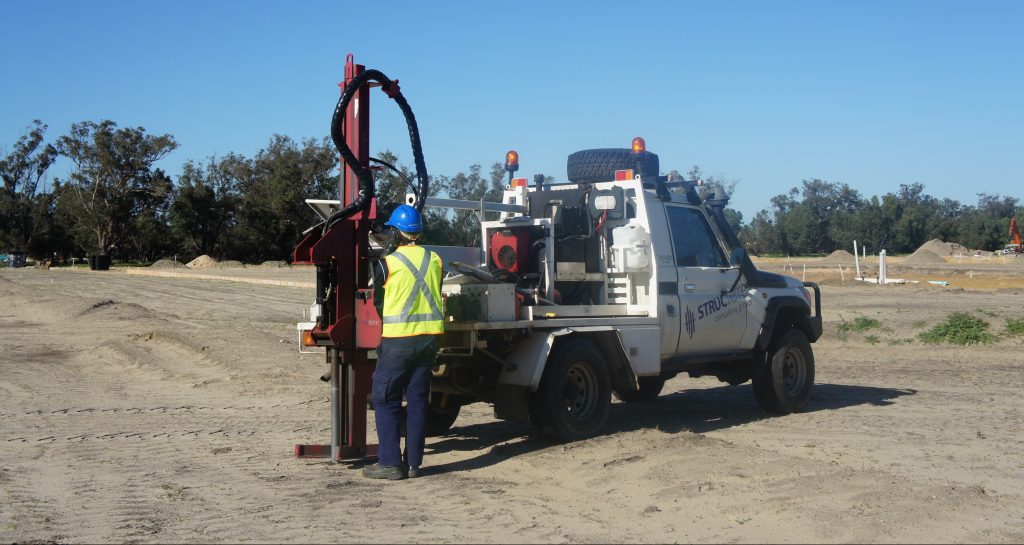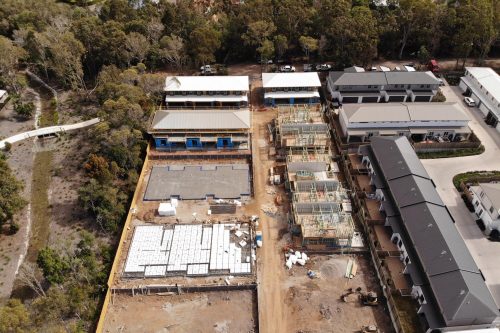What is a soil test?
Soil tests determine the density, moisture and composition of the soil (e.g., clay, sand, rock). Soil tests are used for a variety of reasons, some of the most common reasons to undertake a soil test is to determine best practice when building in that area and to determine soil health for crops/pasture. At Structerre, our soil tests are performed by our geotechnical engineers who have all the necessary equipment to conduct a soil sample, soil is taken from multiple depths to determine the most accurate composition.
Soil/Site classifications and what they mean
- A Class – Often rock or sand-based, there is little to no movement on these sites.
- S Class – Often a slightly reactive clay-based site, there may be slight ground movement due to changes in moisture.
- M Class – Often a moderately reactive clay-based site, there may be moderate ground movement due to changes in moisture.
- H1 Class – Often a highly reactive clay-based site, there may be high levels of ground movement due to changes in moisture.
- H2 Class – Often a highly reactive clay-based site, there may be very high levels of ground movement due to changes in moisture.
- E Class – Often an extremely reactive clay-based site, there may be extreme levels of ground movement due to changes in moisture.
- P Class – A ‘Problem’ site. Usually made up of soft soils, loose sands, collapsing soils, erosion and abnormal moisture conditions.
As you move down the classes, the slab and reinforcement requirements become increasingly complex. Luckily, Structerre has solutions for any site, regardless of difficulty.

You might also be wondering…
Is my soil test still valid?
There are a few factors that come into play when determining a soil tests validity.
Typically, a soil report will remain valid unless there is a change to the site’s conditions, these changes could include:
- New trees, either on your property or adjacent properties
- If the property is in an area prone to erosion or landslides
- Excavation of soil from your property, and/or fill being put onto your property (such as landscaping changes)
- If the area that you want to build your new structure on wasn’t previously tested in the report
It should also be noted that old soil tests may not be in accordance with current standards or current soil testing procedures, which means it may not be as accurate as necessary.
Can I build new structures without a soil test?
Any structure that requires a building permit will need a soil test. E.g. sheds larger than 10m², this is because these structures will require building permits that need the relevant engineering documents in order for the permit to be approved, one of these documents is a valid soil test.
Contact Structerre for your soil testing and geotechnical engineering needs. Structerre performs particle size distribution, Atterberg and liquid limit testing, sand-pad suitability and compaction control of fill materials. Structerre satisfies council requirements and speeds up the building process with fast turnaround times and mobilisation to site.










